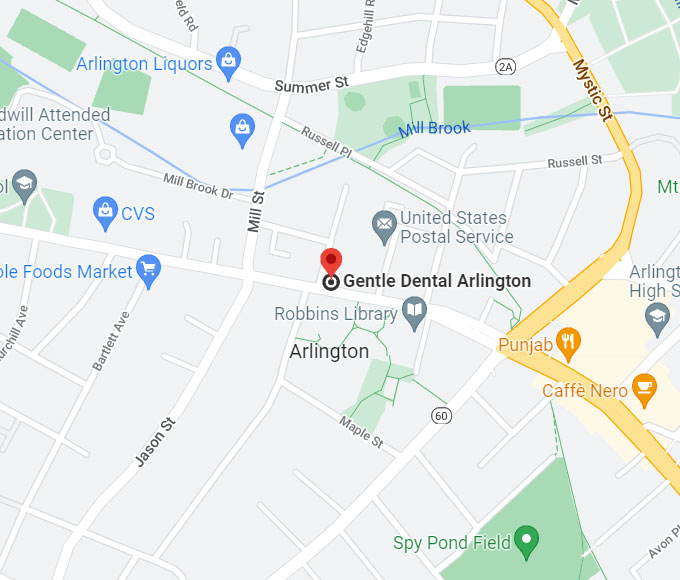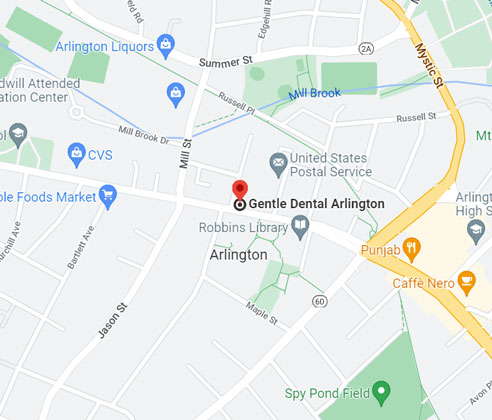Why Choose Invisalign?
Invisalign is a modern, highly effective alternative to traditional metal braces—designed for people who want a more discreet and comfortable way to straighten their teeth. Unlike braces with wires and brackets, Invisalign uses a series of custom-made, clear aligners that gently shift your teeth into place over time.
These aligners are virtually invisible, making them a popular choice for adults and teens who want to improve their smiles without drawing attention to the process. They are also removable, allowing you to eat, drink, brush, and floss without restriction—something traditional braces can’t offer.
Additionally, Invisalign aligners are made from smooth, BPA-free plastic, which minimizes irritation to the cheeks and gums. With regular check-ins and a treatment plan tailored to your needs, Invisalign delivers real results—often in less time than traditional braces.
In short, Invisalign gives you the freedom to smile confidently during and after treatment.
The Invisalign Process Explained
Initial Consultation and Evaluation
Your Invisalign journey starts with a comprehensive consultation. The orthodontist will assess your oral health, examine alignment and bite issues, and determine if Invisalign is right for your needs. This is also when you’ll discuss your smile goals and ask any questions about treatment duration, cost, or expectations.
Custom Treatment Plan Creation
If you're a good candidate, the next step involves creating a detailed treatment roadmap. Advanced 3D imaging and CAD/CAM technology are used to capture precise digital impressions of your teeth. These scans help design your aligners and simulate the step-by-step progress of your smile transformation, offering a clear view of the expected outcome.
Wearing Your Aligners: Daily Life with Invisalign
Once you receive your first set of aligners, you’ll wear them 20 to 22 hours per day, removing them only to eat, drink (except water), brush, and floss. The aligners are made from smooth, transparent plastic, making them comfortable and barely noticeable. Most users report getting used to them within a few days. Maintaining good oral hygiene and following your orthodontist’s guidance is essential to avoid delays in your treatment.
Regular Check-Ups and Progress Monitoring
Every 6 to 8 weeks, you’ll visit your orthodontist to review your progress and receive your next sets of aligners. These appointments are typically quick and allow for adjustments if necessary. Progress is tracked digitally, ensuring your treatment stays on course and any issues are addressed promptly.
Completing Treatment and Retention
Once your teeth have shifted into their final positions, your active treatment phase ends—but retention is key to maintaining your results. You’ll be fitted for custom retainers to prevent your teeth from moving back. Wearing your retainer as directed ensures your new smile lasts for years to come.
Common Dental Issues Addressed by Invisalign
Crowded Teeth
When teeth overlap due to lack of space in the jaw, it can lead to difficulty in cleaning, increased risk of plaque buildup, and even tooth decay or gum disease. Invisalign gradually shifts crowded teeth into better alignment, creating more space and improving both function and appearance.
Gaps Between Teeth
Spaces between teeth can occur naturally or from missing teeth. These gaps may cause food to get trapped and can impact your smile's symmetry. Invisalign aligners gently close these spaces, promoting a healthier bite and more uniform smile.
Overbites, Underbites, and Crossbites
Overbites occur when the upper front teeth extend too far over the lower teeth.
Underbites are when the lower teeth extend beyond the upper front teeth.
Crossbites happen when some upper teeth sit inside the lower teeth.
All of these bite issues can lead to uneven tooth wear, jaw pain, and speech problems. Invisalign helps correct these bite misalignments by guiding the teeth and jaw into their proper positions over time.
Other Misalignments
Whether it's a minor tooth rotation, midline deviation, or general bite imbalance, Invisalign is designed to address a wide variety of orthodontic problems with precision. Each aligner set is customized to target specific movements, offering a personalized solution for your unique smile.
Benefits of Choosing Invisalign
Discreet and Comfortable
Made from smooth, clear plastic, Invisalign aligners are nearly invisible when worn, making them ideal for adults and teens who want a subtle treatment. They’re also more comfortable than braces, with no metal wires or brackets to cause irritation or mouth sores.
Convenience and Flexibility
Aligners are removable, so you can enjoy meals without restrictions and maintain your regular brushing and flossing routine with ease. Whether you're at work, school, or social events, Invisalign fits seamlessly into your daily life.
Shorter Treatment Time
Invisalign often delivers results faster than traditional braces. Many cases are completed in 12 to 18 months, and some patients see improvements in just a few weeks. Staying consistent with aligner wear (20–22 hours a day) helps ensure faster, predictable progress.
Predictable Results with Advanced Technology
Invisalign uses SmartTrack® material and advanced 3D imaging technology to create a precise treatment plan and visualize your future smile before you even begin. Thanks to digital monitoring and custom-fitted aligners, each step of your treatment is mapped out for accuracy and control, so you know what to expect from start to finish.
Is Invisalign Right for You?
Ideal Candidates
- Adults and teens looking for a more discreet alternative to braces
- Individuals with mild to moderate crowding, spacing, or bite issues
- Patients who are self-motivated and able to follow daily wear instructions
- People seeking an option that allows for normal eating and easy oral hygiene
Considerations Before Starting
- Daily wear commitment: Aligners must be worn 20–22 hours per day for effective results.
- Routine check-ups: Regular orthodontic visits every 6–8 weeks help track progress.
- Oral hygiene: Brush and rinse aligners regularly to avoid discoloration or buildup.
- Cost and insurance: Invisalign may cost more than traditional braces, though many dental insurance plans cover part of the expense. Flexible payment plans are often available.
Quick Self-Assessment Checklist
- Am I looking for a less noticeable alternative to braces?
- Can I commit to wearing aligners 20–22 hours a day?
- Will I follow up with routine dental visits?
- Do I want the flexibility to eat and clean my teeth without restrictions?
If you answered “yes” to most of these, Invisalign may be the perfect fit for your smile goals.
Ready to Take the Next Step?
Schedule your Invisalign consultation today and discover if clear aligners are right for you!
Cost of Invisalign Treatment in Arlington
Average Cost Range
In Arlington, Invisalign treatment typically ranges from $3,000 to $8,000. The exact cost depends on factors such as:
- The complexity of your case (mild vs. advanced correction)
- The duration of treatment
- Orthodontist experience and location-specific pricing
We provide a custom quote during your initial consultation based on your unique treatment needs.
Insurance and Financing Options
- Dental Insurance Coverage: Many dental plans cover Invisalign treatment, just like traditional braces. Check with your provider or let our team help you verify your benefits.
- Flexible Monthly Plans: We offer affordable financing options with low monthly payments, often with zero interest or low-interest terms.
- Use Your FSA/HSA: You can also use a Flexible Spending Account (FSA) or Health Savings Account (HSA) to pay for Invisalign with pre-tax dollars.
Comparing Value with Traditional Braces
While Invisalign may have a higher upfront cost than metal braces, many patients find the added convenience, comfort, and aesthetics well worth the investment. Fewer emergency visits and easier oral hygiene can also save time and money in the long run.





